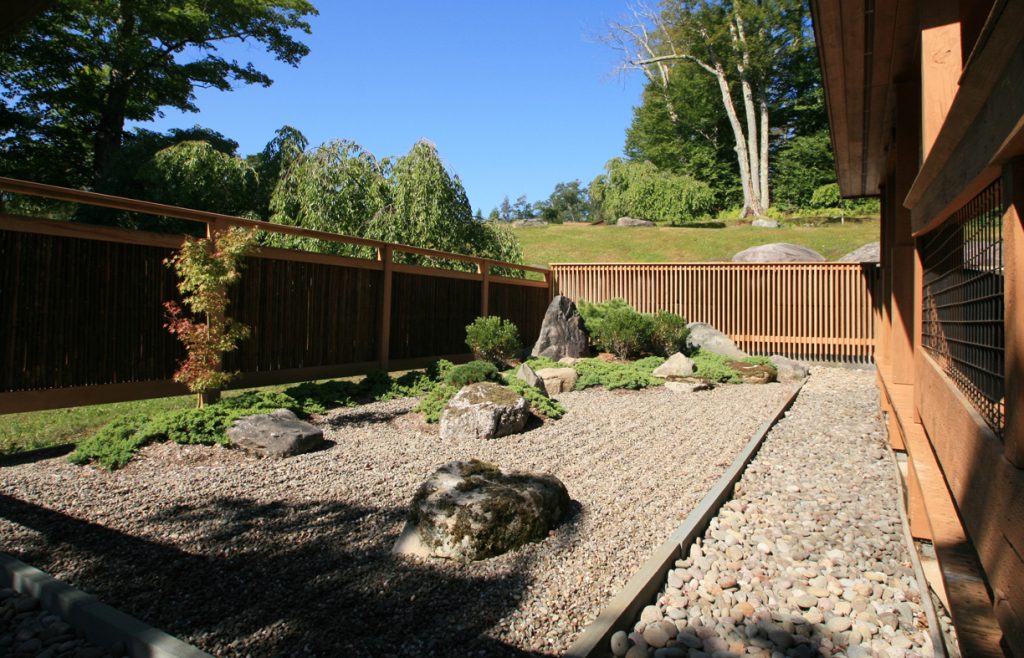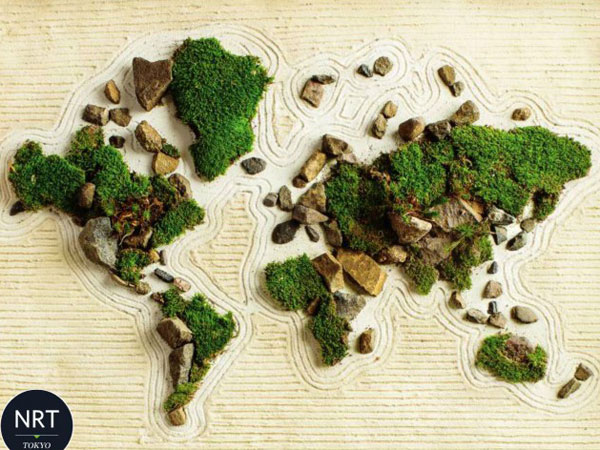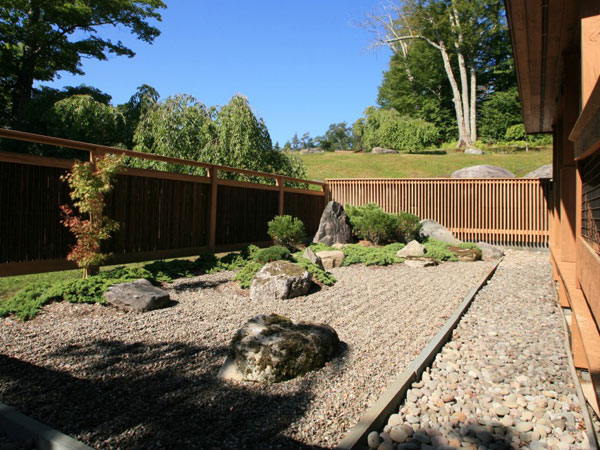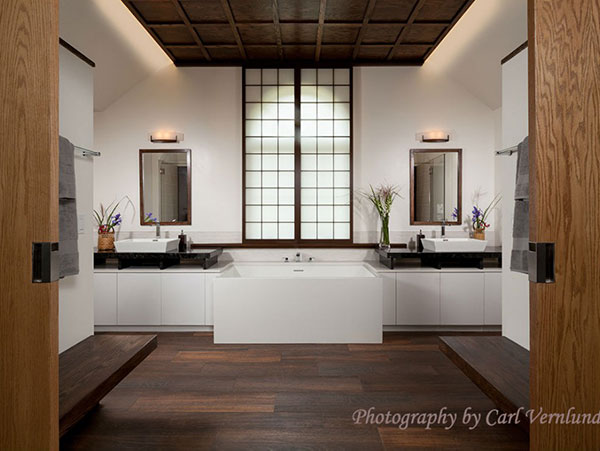The world feels heavy with conflict right now, from the war in Ukraine to the ongoing struggles in Gaza. Amidst this tension, the concept of peace can seem distant. However, there are beautiful and unexpected ways to cultivate peace, and one such avenue lies in the art of Japanese garden design. The North American Japanese Garden Association (NAJGA) has undertaken a remarkable project called “Gardens for Peace.” In September 2020, five Japanese gardens across the US participated in this initiative.
“In September 2020, a peace pattern was raked into the karesansui (dry gardens) of five Japanese gardens in the U.S. The peace pattern was created by Hiroshima enamel artist, Toshiko Tanaka, an A-bomb survivor and advocate for world peace. Her designs represent her desire for world peace.” (Quote from NAJGA’s Youtube video)
Beyond Aesthetics: The Power of the Process
While the peace pattern itself is visually striking, the true significance of this project lies in the process that led to its creation. The act of collaborating on these gardens fosters cultural exchange and mutual understanding. Just as Ms. Tanaka’s artwork transcends language barriers, so do the gardens.
A Personal Story: Building Bridges Through Design
My experience designing a Japanese garden at Frost Valley YMCA exemplifies this beautifully. The project transcended the creation of a garden, becoming a symbol of friendship – not just between the two YMCAs (Frost Valley and Tokyo), but between the United States and Japan. Mutual understanding is the bedrock of peaceful coexistence, and these gardens serve as a bridge, fostering connections and appreciation between cultures.

The act of designing and experiencing Japanese gardens becomes a powerful tool for peacemaking. By fostering cultural exchange and appreciation, these gardens cultivate a shared language of beauty and tranquility, reminding us of our common humanity. Through such projects, the hope is that we can move closer to a world where peace truly takes root. (T) (Reposting 07/10/2024)


